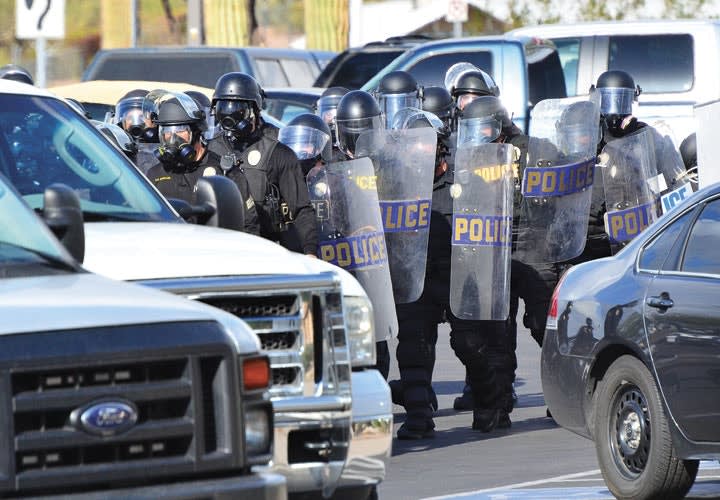The Occupy Movement protests—the 99% vs. the 1% in Occupy terms—commenced last September in the Wall Street financial district and soon spread across the nation. Targeting Wall Street, banks, CEOs, and the federal reserve system, its signature tactic has been a willingness to forego "nine-to-five" picketing in favor of setting up camps on public land. And that has presented two major problems for law enforcement: crime within the camps and civil disobedience once the protesters are legally ordered to disperse.
Protestors have been victims of sexual assaults and batteries, often by fellow protestors. Within the shadows of one camp a man was murdered; others have been found dead in their tents, one as a result of carbon-monoxide poisoning. In Houston, a police officer shot and wounded a gunman who threatened Occupy Houston protesters.













